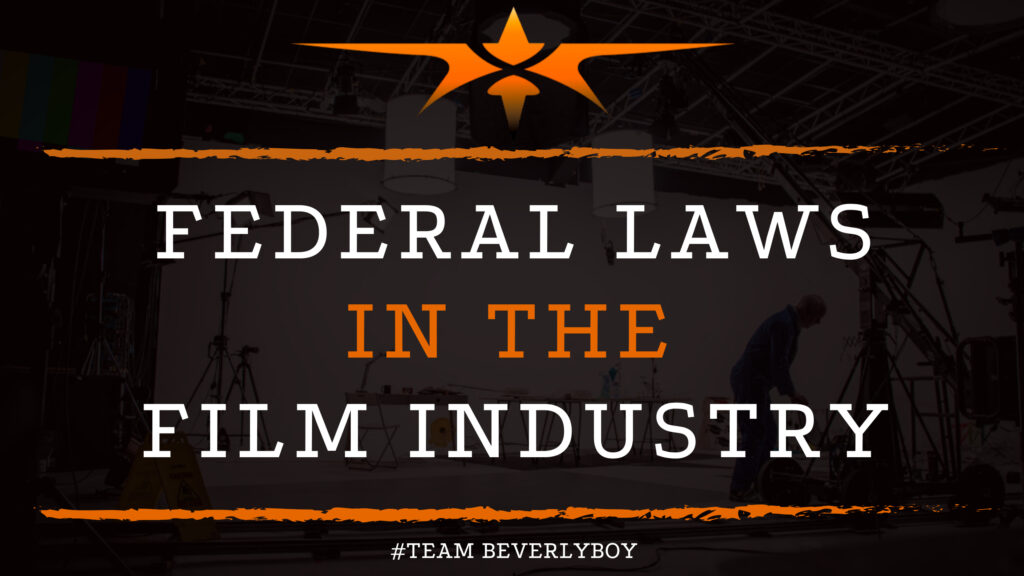Federal Laws in the Film Industry & What They Mean to Filmmakers
Filmmaking is a creative industry that is largely under regulated when it comes to government interference. Largely as a result of the First Amendment. Despite the intent of American government to allow filmmakers the freedom to express their artistic visions. When it comes to censorship, federal laws in the film industry are actually much tougher and more stringently regulated. This compared to other artistic industries or mediums such as the music or theatrical entertainment.

Early scares surrounding obscenity in film would prompt several major cities throughout the US to establish localized censorship laws.
This was done as a means of protecting the safety, rights and representation. Both of film watchers and those of filmmakers.
Thus the Motion Picture Association of America is primarily responsible for the regulation and for developing and promoting laws in the film industry.
Selling a Book for Film Right Production Code Administration of 1934s
In the early days, films that were produced for distribution were not able to be released into theaters until they received a certificate from the Motion Picture Association of America.
Theaters that chose to show films without proper certification could get fined. In rare cases, the MPAA could go as far as requiring a movie script change prior to a film being certified for release.
The Production Code Administration, created as a means of the Motion Picture Association of America taking further steps to regulate films.
This is to ensure they did not include obscenity or otherwise offensive content. It was one of the earliest federal laws in the film industry.
Censorship
Early films that would be censored primarily included those that represented racial issues. This was an incredibly touchy subject back then and was primarily illegal at the time.
Films that depicted “white slavery” or “miscegenation” which represented sexual relations between black and white individuals, were expressly prohibited.
The Hays Code
Later regulations would come about when the Hays Code was introduced. Another one of the most impactful laws in the film industry.
The Hays Code basically provided film censorship guidelines that would govern the way films were produced throughout the U.S. from 1930 through 1968.
Films produced during this time had certain expectations that were required and restrictions were imposed on obscenity, violence, and various other elements. Which would later be deemed to be embarking on a path of jeopardizing the First Amendment Rights of filmmakers.
Child Protection & Obscenity Enforcement Act of 1988
Finally, one of the most recent steps in defining federal laws in the film industry. The Child Protection and Obscenity Enforcement Act of 1988 was enacted.
This particular act represents a stringent requirement for filmmakers to keep records regarding producers who are involved in the creation of actual, sexually explicit materials in films.
Safe Production
Of all of the federal laws in the film industry, the Child Protection and Obscenity Enforcement Act provides the groundwork for safe production.
Even in the case of sexually explicit material. In the film industry, to protect those who work in the industry while equally providing authority to federal investigators to inspect and prosecute anyone who should commit an infraction against the act.
The Takeaway
As you can see, there are many different ways that the government has stepped in over the years. All to ensure safety in the film industry both for workers and for those who enjoy movie going.
As a filmmaker, it’s important for you to understand and be aware of these and other federal laws in the industry. This is to ensure you follow the rules and that you don’t face any possible legal challenges.

